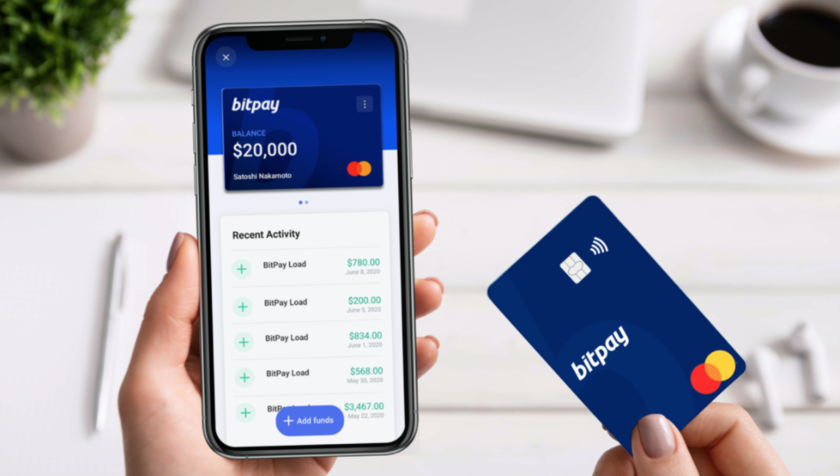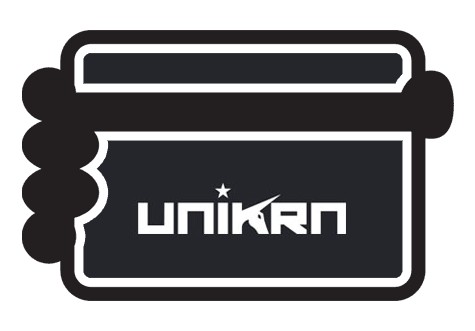

Depending on how those trials pan out, crypto cards – and their offering – may expand dramatically here in Australia, and overseas. Although that may change in the near future, with both Visa and Mastercard putting direct-spend crypto trials into place this year. You then spend or withdraw the fiat currency as required, using the Visa, Mastercard or EFTPOS network.Īs such, crypto cards don’t allow cardholders to spend in cryptocurrency directly. With these cards, cryptocurrency is drawn from your crypto wallet and converted into fiat currency at an exchange rate determined by the card. That means, when you use the card day to day, you are funding those transactions with your line of credit in fiat currency, rather than cryptocurrency.Ĭrypto debit cards and prepaid cards work slightly differently. The card itself is funded by the line of credit provided to you by the card provider. When it comes to crypto credit cards, the ‘crypto’ part really only relates to the crypto rewards you earn on your card spending. The virtual card would be held within your digital wallet, to be used online or in person via your device.

The physical card will look much like a regular credit card or debit card, offered either in plastic or metal, to be used when paying in person.

Earning crypto rewards on your transactions may be an option.ĭepending on the card provider and the card you choose, you may receive a physical card, a virtual card, or both. Like a regular prepaid card, you can only use the funds available on the card, however, most cards make it easy to load funds when needed, with real-time transfers available. These funds are converted into the fiat currency of your choice, allowing you to access them as you like, funding transactions instore or online, or at the ATM. Crypto Prepaid Cards: Using a prepaid crypto card, you preload funds onto the card from your crypto wallet.Depending on the card, you may be able to earn crypto rewards on your spending. When you use the card, it draws on your crypto balance to fund the transaction, converting it into fiat currency at the card’s exchange rate. In this way, you can use your crypto debit card to pay anywhere regular debit cards are accepted, whether that’s online or instore, or withdrawing cash at the ATM. Crypto Debit Cards: Just as your regular debit card is linked to your everyday account, your crypto debit card is linked to your crypto wallet.Instead of earning points to redeem within the card’s rewards program, you earn cryptocurrency, typically at a tiered percentage rate depending on the type of card you hold. The big difference lies in the way you earn rewards. You buy stuff using the card, and pay back what you owe, with interest applied according to the card’s terms. As such, it works in much the same way as any other type of credit card. Crypto Credit Cards: With this card, the card provider extends you a line of credit dependent on your creditworthiness.What is a crypto card? To answer that, we need to break down the various types of crypto cards currently available.

Earn CoinJar rewards points on every $1 you spend.


 0 kommentar(er)
0 kommentar(er)
